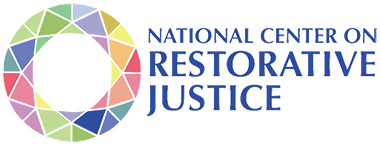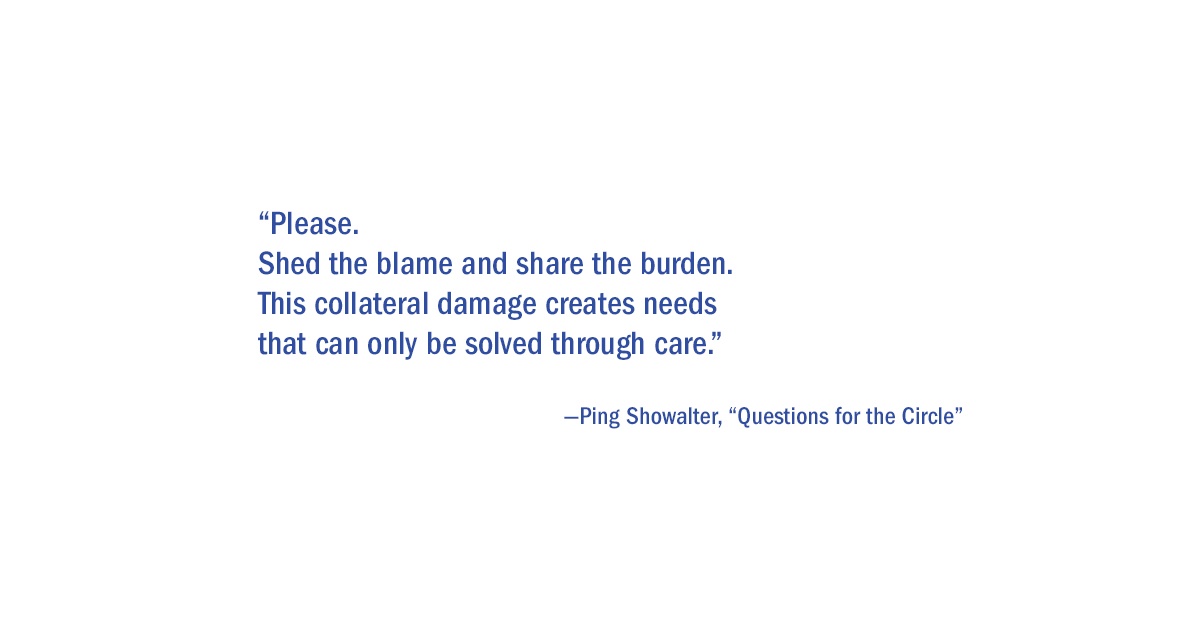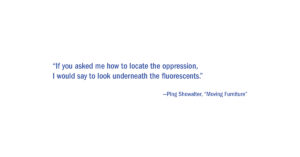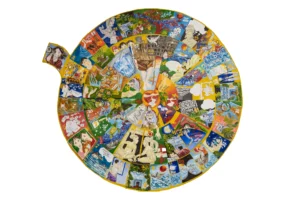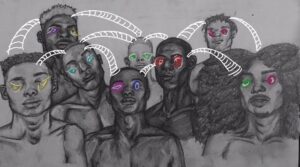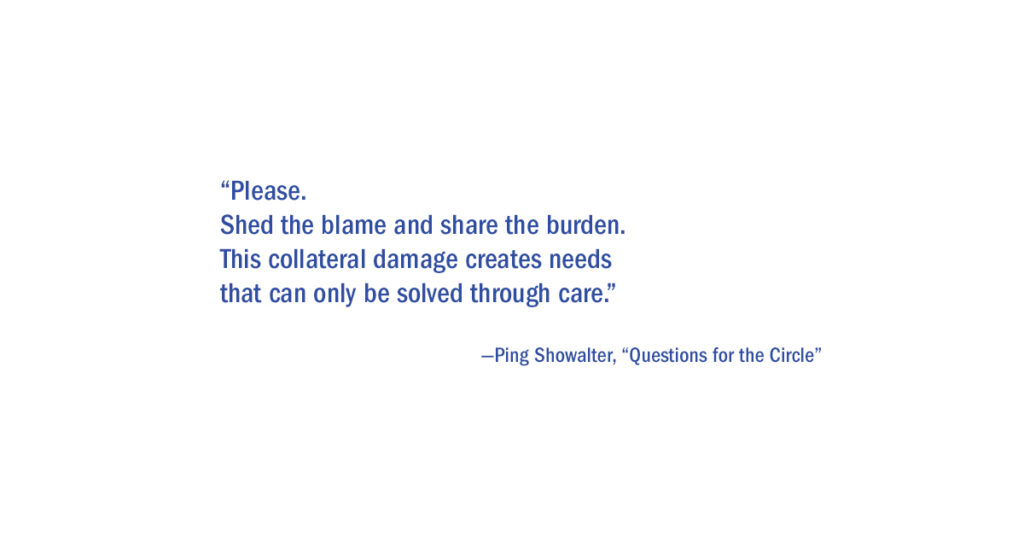
[what happened]
to us?
We criminalize our woundedness
as if we could find answers in ignorance.
In hatred, or fear, or isolation—
this is our system of incarceration,
these are the critical elements of injustice,
be ever critical of them.
Ask yourself
[who is affected]
in the aftermath
of an implosion? Remember:
pain is not disclosed on a rap sheet.
And there is no refuge in that word count.
Please.
Shed the blame and share the burden.
This collateral damage creates needs
that can only be solved through care.
You ask me
[what should be done]
to repair the harm? I say:
go softly, and be steady.
Be resilient and brave.
Be a circle of bent backs. See
how our constellations of trauma
are all connected
(the sum of a circle is
more than those present)
—breathe in—
and notice
how gently our spines
could arc
towards justice.
ARTIST STATEMENT
For this poem, I was inspired by the three questions of RJ and how they shift our perceptions of justice. Traditionally, we ask what happened, who did it, and what their punishment should be. Restorative justice, rather, asks what happened, who was affected, and what should be done to repair the harm. This poem reflects the three transitions RJ asks of us: understanding what is wrong with our current system, changing our mindset and philosophy of justice, and changing our practices. While I head each stanza with questions that might be asked in a ‘classic’ circle dialogue, these questions undoubtedly permeate the philosophy as a whole. They ask us to question where our metric of justice has and continues to be, and where we could possibly go.
In writing this poem, I wanted to capture the broader ethos of RJ that I have been learning about through my classes as a MARJ student. Rather than focusing on one moment, I wanted to weave together a broader understanding of the relational nature of RJ. I patchworked isolated phrases I have heard in my classes (for example, woundedness, collateral damage, and constellations of trauma). Restorative justice is so much about working to be better and to connect at our most wounded times, and often what we would read or what someone would say about this process would be so compelling to me. I also wanted to break it up by each question to let me to think through the tiered elements of RJ—from critique to changed mindset to changed practice.
Through this poem, I hope readers recognize the gentle fierceness of RJ. For those unfamiliar in the field, I hope it presents an intriguing alternative lodged so much in relationship, in understanding, and in community. For those familiar with RJ, I hope this poem aptly captures some portion of the work they do, or the philosophy they believe in, or the coursework they’re learning. I also hope they consider anew the three questions, and what they can do to further RJ in their own lives moving forwards.
I am a current student completing the residential Masters of Arts in Restorative Justice at the Vermont Law School. I am a big proponent of creative advocacy, and enjoy any opportunity to combine what I am interested in professionally with a passion for writing.
